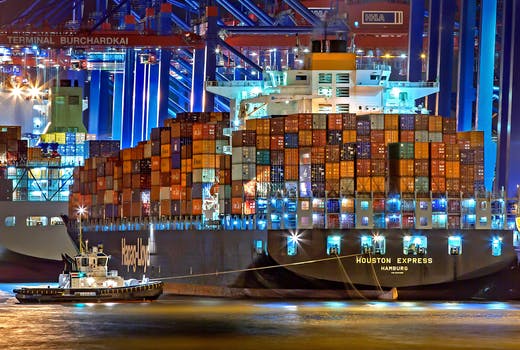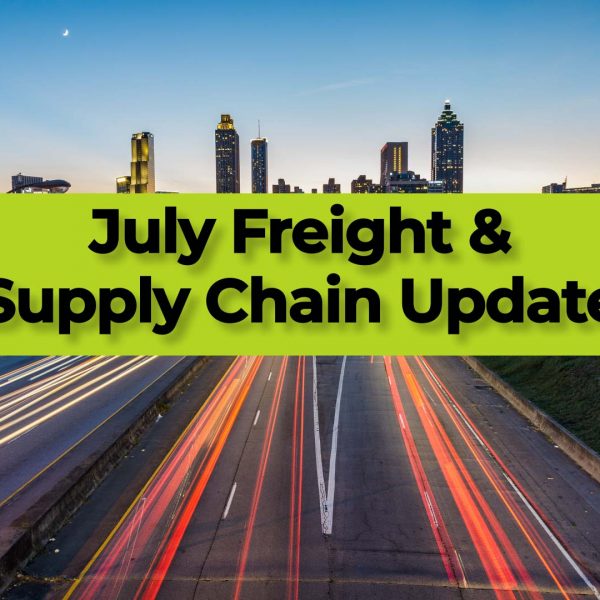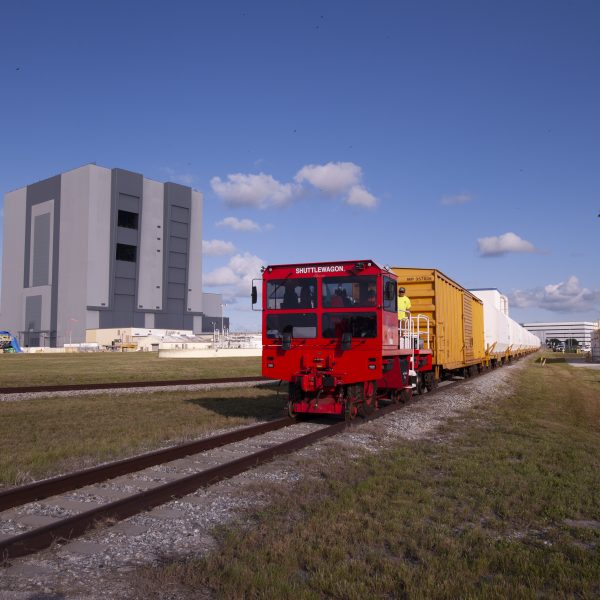Logistics can represent a substantial percentage of your company’s overall production costs. Gains in efficiency throughout your supply chain can have a drastic impact on the bottom line. Adapting to the quickly changing market can also present a challenge as pricing changes and volatility can occur seemingly overnight and heavily weigh on your overall profitability.
Developing a robust and efficient supply chain is no easy task and once developed must be constantly revisited and benchmarked against alternatives as the transportation market evolves and as your suppliers change over time. Just because you’ve done it for ten years one way, doesn’t mean that is still the most robust and efficient method.
Here are a few overarching supply chain tips that we’ve seen lead to the most efficient and robust supply chains.
1. Clearly Plan out and document your supply chain and procedures
Perhaps the most basic but also the most important is to clearly document and diagram your supply chain. Make it as clear as possible, but include every detail that is needed to make it function. This includes a basic procedure for every action and step within the entire supply chain.
While this will be time consuming to do the first time, this provides the blueprint on which your supply chain will be bench marked. When a problem arises having this “blueprint” will save you vast amounts of time as it will help you immediately define the cause of the problem and generally give you a good basis off which to take corrective action.
2.Always have contingencies!
Think of all the “what If’s” that would turn your day into a long and stressful one, then write them all down with at least basic plans on how to handle the issue. This can be as simple as a long haul truck running 8 hours behind due to unforeseen traffic or an intermodal train delayed due to flooding.
These contingencies need to include anything relevant that would be required for one of your team members to carry out the plan. Make sure to include the contact info of all parties involved, especially after hours contact info in this scenario.
3. Use Data to benchmark
Collect as much data as you can on your freight. Track pricing down to the sku and part number level, track pricing via mode and lane. Technology has made this easier than ever before to collect and analyze your data, paying careful attention to shipment time increases and cost increases. Often bottlenecks and capacity crunches can be predicted ahead of time with and dealt with before they pose a major issue or shutdown a plant.
The second task when benchmarking is to use the data analysis to constantly question your logistics procedures – “ Is this still the best way to handle this?”
The industry is always changing, and this is why it is so important to always be questioning your supply chain blueprint and looking for potential cost and efficiency improvements. As you identify potential changes, run a low volume experiment using the new adjusted solution and compare the data on these improved methods with your current standard, if the data supports a larger adoption modify your supply chain blueprint. If not, don’t worry, that was the whole point of doing a low volume test before making any sweeping changes.
You are essentially using the scientific method to refine your supply chain over time as your “supply chain environment” changes, using data to develop new hypotheses and then testing them using collected objective data.
Don’t afraid to try something new, innovation can bring major service and cost benefits!
4. Keep your team current
The procedures you have put into place are only as good as their execution. Make sure that your entire team and any stakeholders involved in the logistics for your company understand the procedures clearly and understand rationale them.
It’s important to give your team the initiative to innovate and add to the blueprint, however any variations need to be well documented as this will affect your data during the benchmarking phase. Making decisions from bad data is not a recipe for success.
5. Technology
Take advantage of the newest software system for transportation management and warehouse/inventory management. Technology will make data collection and analysis much easier and provide automation to certain tasks. Supply Chains based off of strong data benchmarks will be more accurate and make your team more focused on the bigger picture of the supply chain instead of completing time consuming tasks that can be easily automated.
Is your company receiving shipment visibility from your vendors and partners? If not, inquire if they have such systems available. This will take the guess work, phone calls and emails away from wondering where a load is.
Overall part of what makes the logistics industry so challenging yet interesting is the rapid changes that occur, everything from capacity/pricing changes, shipping lanes, new transload opportunities, new intermodal inland ports and perhaps most importantly the new technology that is evolving rapidly within the logistics space and increasingly interconnecting it.
Follow the five supply chain tips above and you will be less likely to be surprised and unprepared for any unexpected overnight change. Do you have any other tips you think should be added? Let us know in the comments below.
Look for more updates from Zmodal very soon. If you need any help moving freight give us a call! Moving freight and using the intermodal network has never been easier with our digital intermodal and trucking platform that is used as a customer shipment dashboard for our customers!



